Greenery can bring a refreshing and vigorous atmosphere to the home, but where there are cats, you must keep cautious: what kind of house plants will your feline friends tolerate? Since quite a few common indoor plants can also be harmful to cats if ingested, this is of utmost importance. A short list of house plants you should give up bringing home or bring into your yard. You owe your cat a happy and healthy lifestyle.
About house plants that are toxic to cats
1.- Lilies. Lilies are one of the most lethal plants for cats and every part of the lily plant (including the flower pollen or water in a vase) can cause kidney failure. Eating the tiniest amount can kill your cat, and if not seen to in time, it will.
2.- Dieffenbachia (Dumb Cane). It contains oxalate crystals. When a cat chews on it, the result can be severe oral irritation followed by drooling and difficulty swallowing.
3.- Philodendron Melanochrysum and Dwarf Swiss Cheese Plant. These are two of many species within the philodendron family. As they contain calcium oxalate crystals which can irritate a cat’s mouth, the result will be swelling and possibly even bleeding (usually).
4.- Pothos (Devil’s Ivy). Calcium oxalate crystals is the main problem here. Pothos can lead to oral irritation, vomiting and difficulty swallowing.
5.- Sago Palm. It can be very poisonous. If a cat eats any part of the sago palm, it will experience vomiting and diarrhea, then often only survive under supervision for life.
6.- Money Plant. Also known as jade plants have a toxic compounds called bufadienolides. If it is eaten can result in vomiting and depression.
7.- Mother-in-Law’s Tongue (Snake Plant). The saponins in snake plants may cause nausea, vomiting and diarrhea if eaten by cats.
8. Rubber Plant. Rubber plants contain a latex sap, which can be harmful to your cat’s mouth and digestive system.
9.- Elephants Ears. Elephant Ears is a huge plant (Colocasia esculenta) or called Taro, also known by Caladium. This plant contains calcium oxalate crystals that can direct to oral irritation, perhaps difficult swallowing for cats.
Safe Alternatives and Precautions
In this way, you can have both the convenience and comfort of having house plants in your home and ensure that your pets are safe.
• Research house plant toxicity in cats before getting one. If you can, then choose non-poisonous varieties.
• Move toxic plants out of reach of your cat, or put them in hanging baskets or even better not to have them at all.
• Keep cat grass at home. Cats love eating grass and it can help with digestion.
Here some houseplants safe for cats: Spider plants, Boston ferns, African violets and orchids are some of the houseplants suitable for cats. Overall, however, one should be very cautious in introducing a new plant into our home.
Signs of Plant Poisoning in Cats
Watch for these symptoms and seek veterinary help as soon as possible if you suspect your cat has eaten an unsafe plant:
If you think your cat has eaten a plant that could be poisonous, look for these symptoms. If they show them take your cat immediately to your veterinarian:
Vomit (Drool )
Diarrhea
Breathing open-mouthed or drooling
Lethargy
Variations in urination
Lassitude (Energy lacking or inherent weakness)
Conclusion
Making your home cat-friendly also includes ensuring that the plants you bring in are safe for your cats to eat. By avoiding toxic houseplants and giving cat-friendly alternatives, you can help ensure your feline friend exists healthy and inquisitive among its indoor jungle.
In cases where you are uncertain about specific plants or your cat seems to emit symptoms of poisoning, always seek advice from your veterinarian.
Reference Links:
•https://www.aspca.org/pet-care/animal-poison-control/cats-plant-list
•https://www.petpoisonhelpline.com/pet-owners/basics/top-10-plants-poisonous-to-pets/


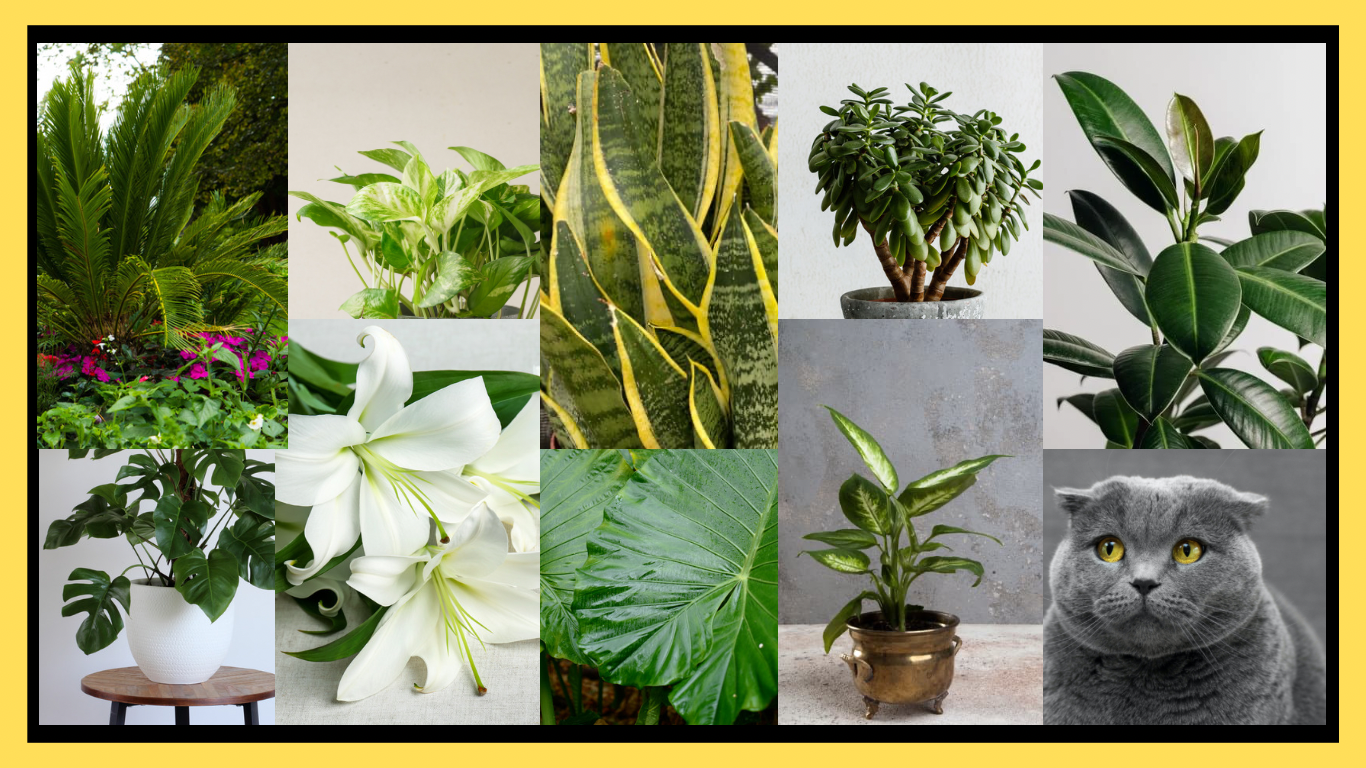
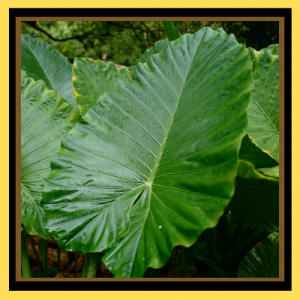
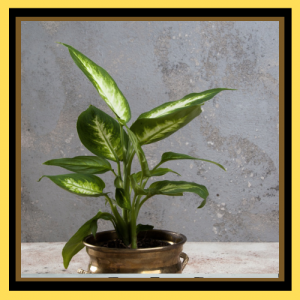
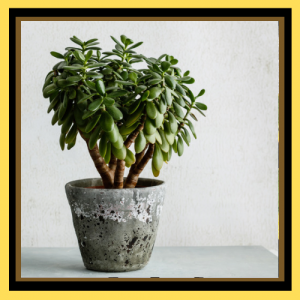
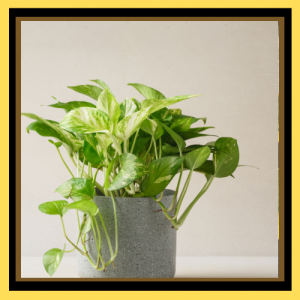
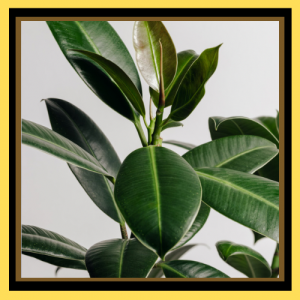
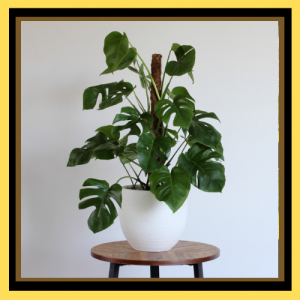
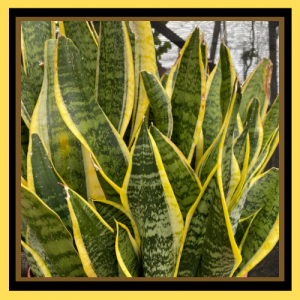
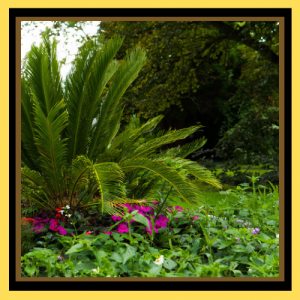
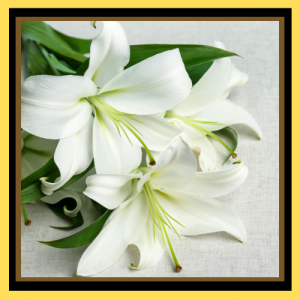


Thanks for sharing. I read many of your blog posts, cool, your blog is very good.
Thanks for sharing. I read many of your blog posts, cool, your blog is very good.
Thanks for sharing. I read many of your blog posts, cool, your blog is very good.
Thanks for sharing. I read many of your blog posts, cool, your blog is very good.